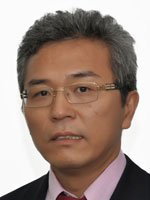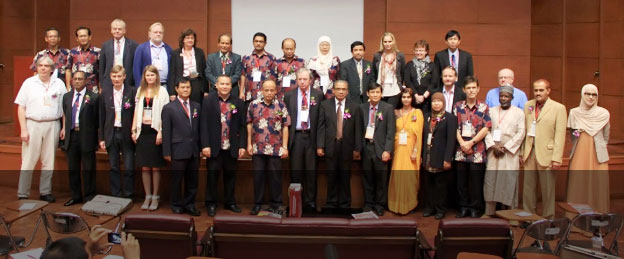Full issue 2
East and Southeast Asia are in the process of experiencing a period of outstanding economic growth and extraordinarily dynamic development and in view of the political regionalisation process achieving a common market by 2015 it should be lent a significant degree of additional momentum. To sustain the rapid development and face the challenges caused by the structural changes of economies, those societies involved will be depending on a highly skilled workforce and thus on functioning TVET-systems to meet both economic and societal demands. TVET-systems are in a process of permanent adaptation to the socioeconomic environment, which leads to an all-round increase and improvement of praxis-orientation in teaching-learning processes. It is evident that the sole employment of the traditional “chalk-and-talk” method in teacher-centred educational settings, does not produce the required workforce.

Dr.Gwang-Chol Chang
Chief, Education Policy and Reform Unit
UNESCO Bangkok
Thailand
http://www.unescobkk.org/education/epr/
Issue 2
Field of expertise/main research projects:
Field of expertise/main research projects The Education Policy and Reform Unit (EPR) at UNESCO Bangkok (Asia and Pacific Regional Bureau for Education) coordinates and supports UNESCO’s regional programme for research, capacity development and knowledge management in education policy and reform, including in areas of sector planning and management, secondary education, technical and vocational education and training (TVET), quality of education (with focus on curriculum, pedagogy and assessment), as well as education foresight in the Asia-Pacific region. The current main research topics in the field of TVET include: vocationalization of secondary education, learning outcomes, school-to-work transition, promotion of transferable skills and competencies in TVET teacher policies.


